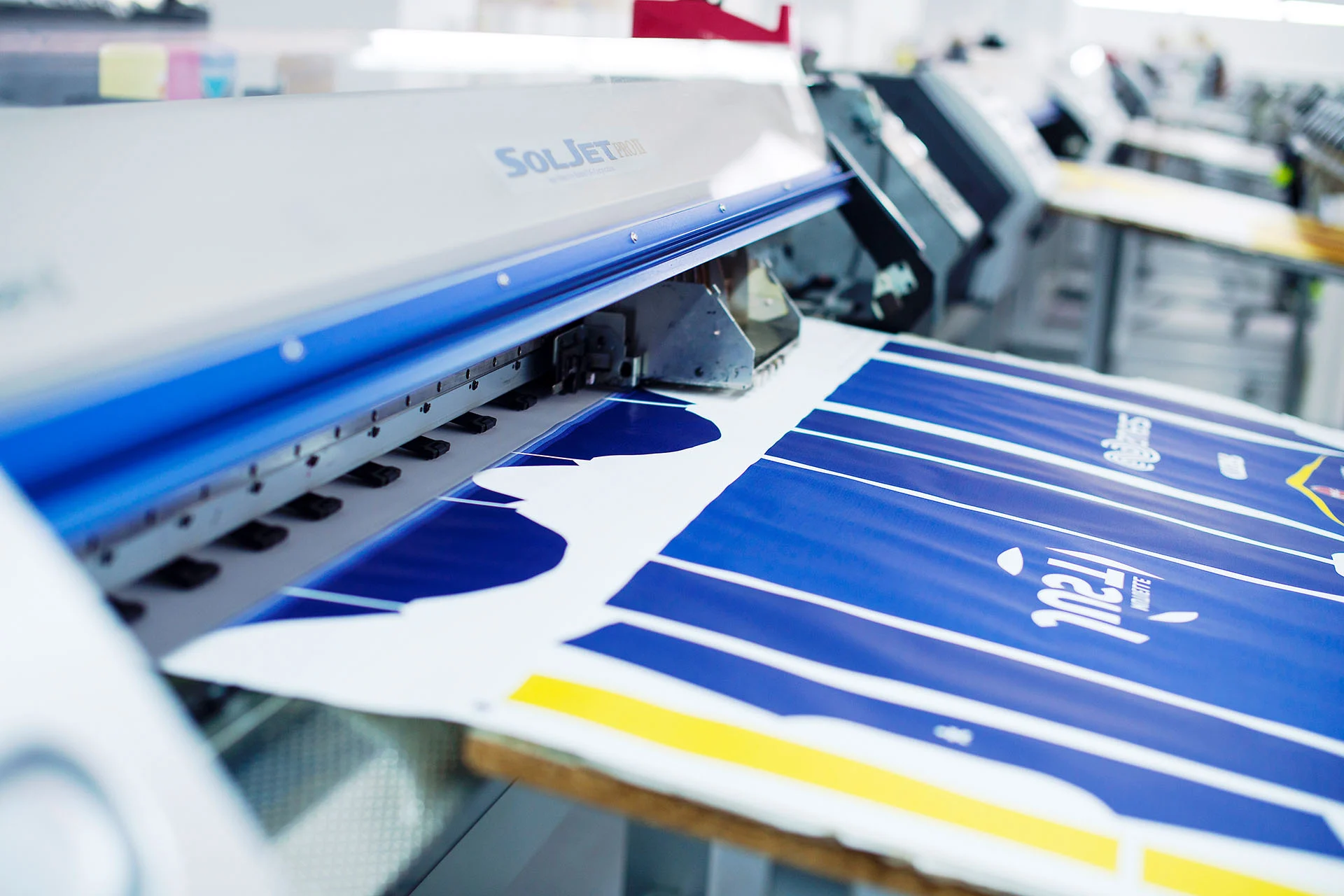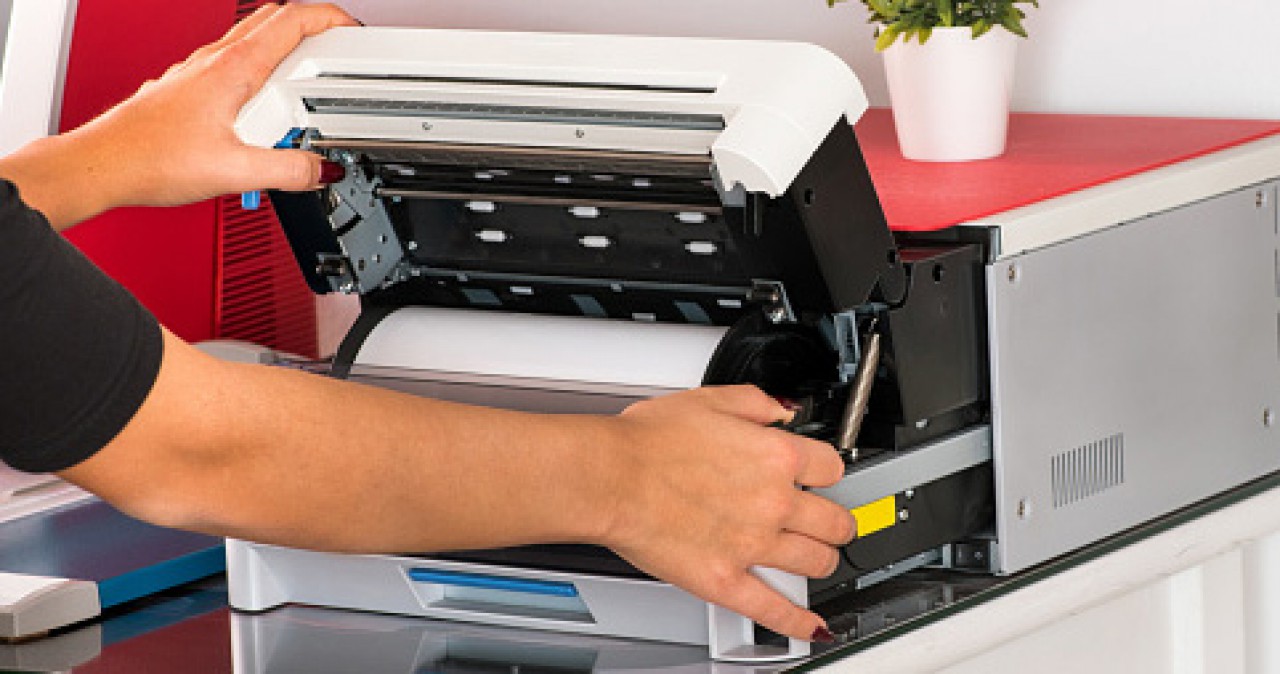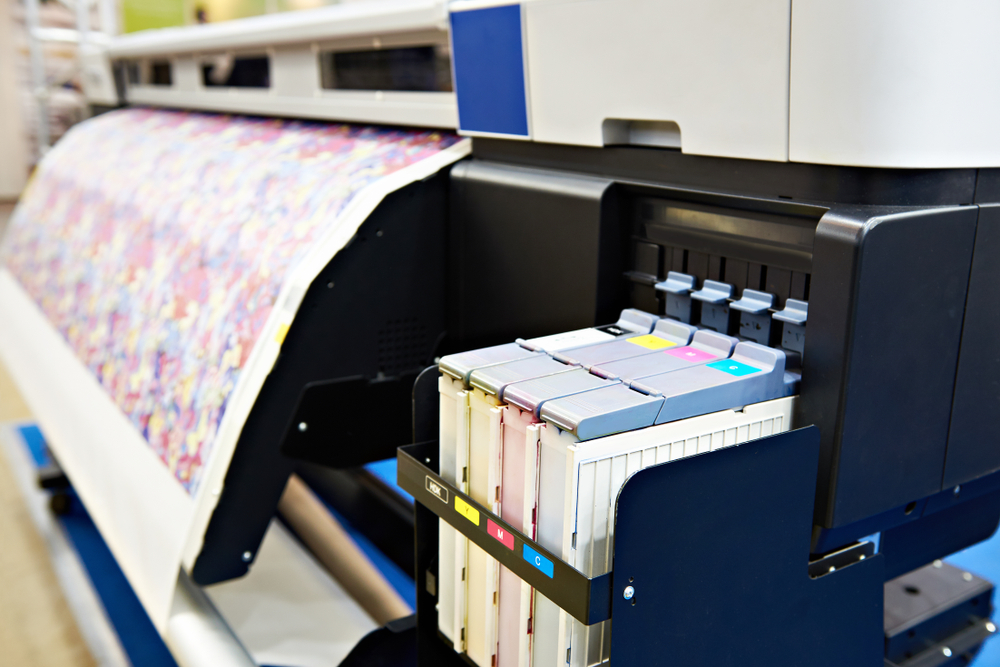Table of Contents
Introduction:
Sublimation printing has emerged as a popular and versatile method for transferring high-quality, durable images onto a wide range of substrates, including textiles, ceramics, and metals. With its vibrant colors, sharp details, and long-lasting results, Sublimation printing offers endless possibilities for personalized products, custom apparel, and promotional items. In this comprehensive guide, we will delve into the world of sublimation printing, exploring its technology, applications, best practices, and the ways in which it has transformed the printing industry.
Understanding Sublimation Printing:

Sublimation printing is a digital printing process that uses heat and pressure to transfer dye onto a substrate, where it bonds permanently with the material’s fibers or coating. Unlike traditional printing methods that rely on ink sitting on the surface of the substrate, sublimation printing penetrates the substrate’s surface, resulting in vibrant, fade-resistant colors and a soft, smooth finish. Sublimation printing is commonly used on polyester fabrics, ceramic mugs, aluminum panels, and other specially coated materials that are receptive to sublimation dyes.
Key Components of Sublimation Printing:

Sublimation Printer:
A sublimation printer is specially designed to accommodate sublimation dye inks and transfer images onto sublimation-compatible substrates.
Sublimation printers typically use thermal printheads and dye sublimation ink cartridges to achieve high-resolution, full-color prints.
Sublimation Ink:
Sublimation ink consists of dye particles suspended in a liquid solvent.

When exposed to heat and pressure, the dye particles sublimate, or transition directly from a solid to a gas, without passing through a liquid phase.
The gas penetrates the substrate’s surface and bonds with the material’s fibers or coating, resulting in a permanent, durable image.
Sublimation Transfer Paper:

Sublimation transfer paper is coated with a special polymer coating that absorbs sublimation inks.
The printed image is transferred onto the substrate by applying heat and pressure, causing the ink to sublimate and bond with the material.
Heat Press:
A heat press is used to apply heat and pressure to the sublimation transfer paper and substrate during the transfer process.
Heat presses come in various sizes and configurations, including clamshell, swing-away, and rotary heat presses, to accommodate different substrates and production volumes.
Sublimation-Compatible Substrates:
Sublimation printing works best on polyester fabrics and polyester-coated materials.
Common substrates for sublimation printing include apparel, accessories, ceramics, metals, and hardboard panels.
Applications of Sublimation Printing:
Sublimation printing finds applications in a wide range of industries and sectors, including:
Apparel and Textiles:
Sublimation printing is widely used in the apparel industry for producing custom t-shirts, jerseys, uniforms, and activewear.
It offers vibrant, full-color prints that are fade-resistant and retain their soft, breathable feel, even after multiple washes.
Home Décor and Gifts:
Sublimation printing enables the customization of home décor items, such as pillows, blankets, coasters, and canvas prints.
It is also used to create personalized gifts, including mugs, photo frames, keychains, and ornaments, for special occasions and events.
Signage and Displays:
Sublimation printing is employed in the production of indoor and outdoor signage, banners, flags, and displays.
It offers high-resolution prints with vivid colors and sharp details, making it ideal for advertising, branding, and promotional applications.
Promotional Products:
Sublimation printing is used to create a wide range of promotional products, including mouse pads, phone cases, luggage tags, and magnets.
It allows businesses to showcase their logos, branding, and marketing messages in a visually appealing and memorable way.
Personalized Merchandise:
Sublimation printing enables the creation of personalized merchandise, such as name badges, ID cards, license plates, and pet tags.
It offers quick turnaround times and low setup costs, making it cost-effective for producing small batches of customized items.
Best Practices for Sublimation Printing:
To achieve optimal results with Sublimation printing, it is essential to follow best practices and guidelines:
Choose the Right Substrate:
Select sublimation-compatible substrates with a polyester content of at least 50% for best results.
Ensure the substrate is clean, dry, and free of any contaminants before printing.
Use High-Quality Images:
Start with high-resolution, color-corrected images for printing to achieve sharp, vibrant prints.
Use image editing software to adjust colors, contrast, and brightness as needed before printing.
Maintain Proper Heat and Pressure:
Follow the manufacturer’s recommendations for heat press temperature, pressure, and dwell time for the specific substrate and transfer paper being used.
Use a heat press with even heat distribution and consistent pressure to ensure uniform transfer of the image.
- Practice Proper Transfer Technique:
Secure the sublimation transfer paper to the substrate with heat-resistant tape to prevent shifting during pressing.
Place a Teflon sheet or silicone pad between the transfer paper and the heat platen to protect the paper and prevent ghosting.
Allow Sufficient Cooling Time:
After pressing, allow the substrate to cool completely before removing the transfer paper to prevent smudging or distortion of the image.
Use caution when handling hot substrates to avoid burns or damage to the print.
Conclusion:
Sublimation printing offers unparalleled versatility, quality, and durability in producing custom prints on a wide range of substrates. From apparel and accessories to signage and promotional products, Sublimation printing enables businesses, artists, and designers to create personalized, high-impact products that stand out in today’s competitive market. By understanding the technology, applications, and best practices of sublimation printing, users can unlock the full potential of this innovative printing method and elevate their creative projects to new heights of success.
For More Information Please Visit These Websites Mindmeister And Arturia